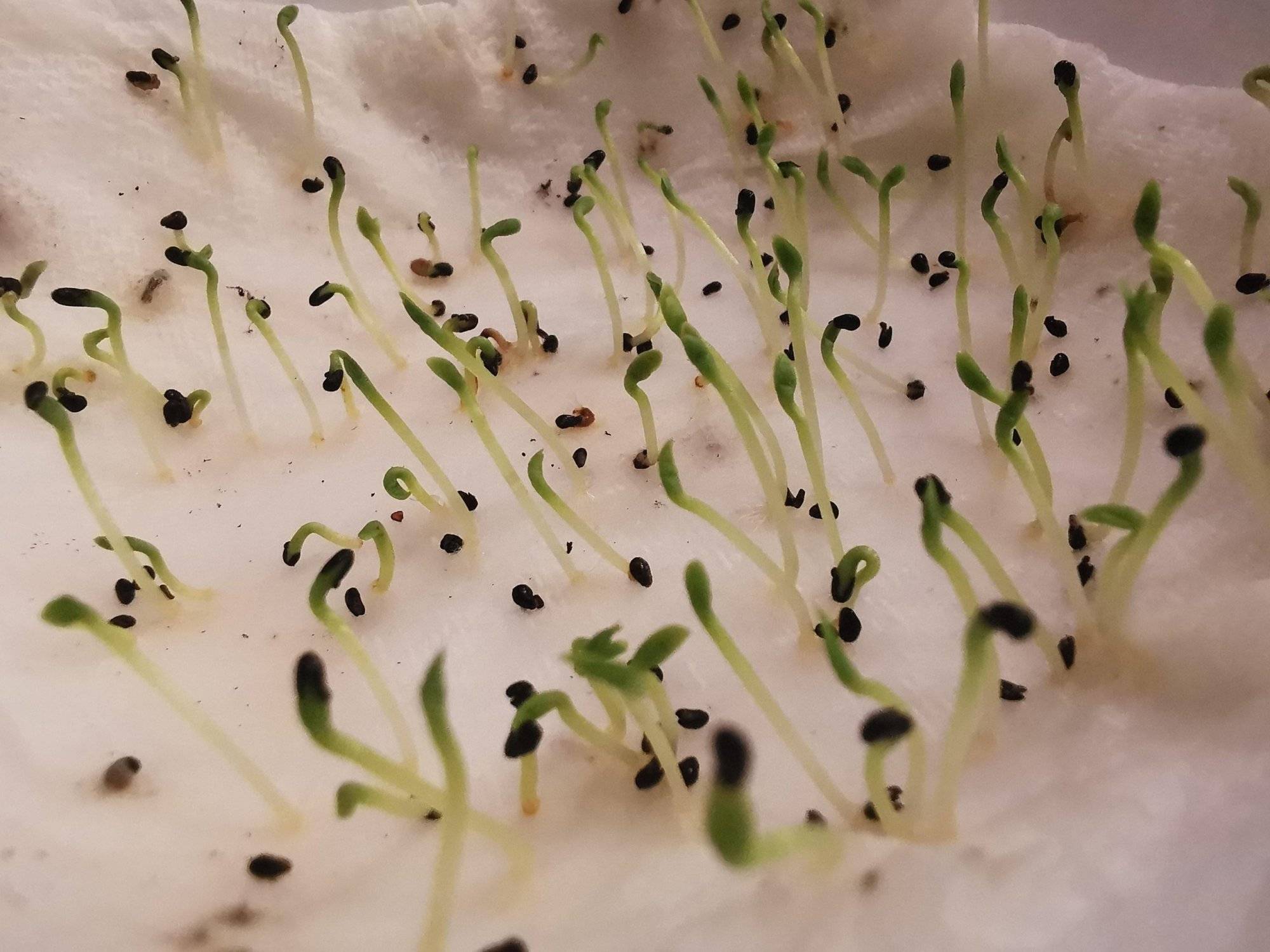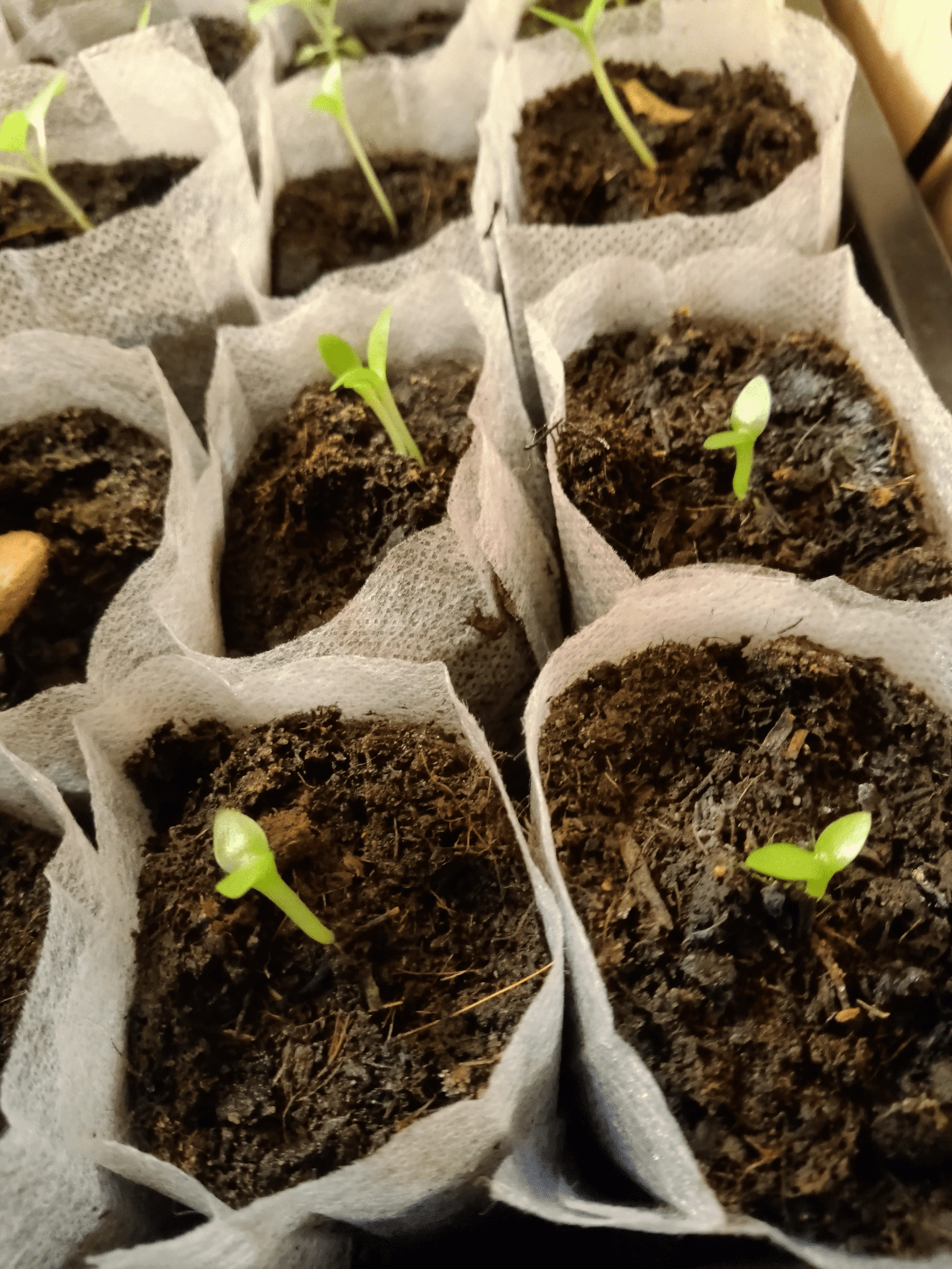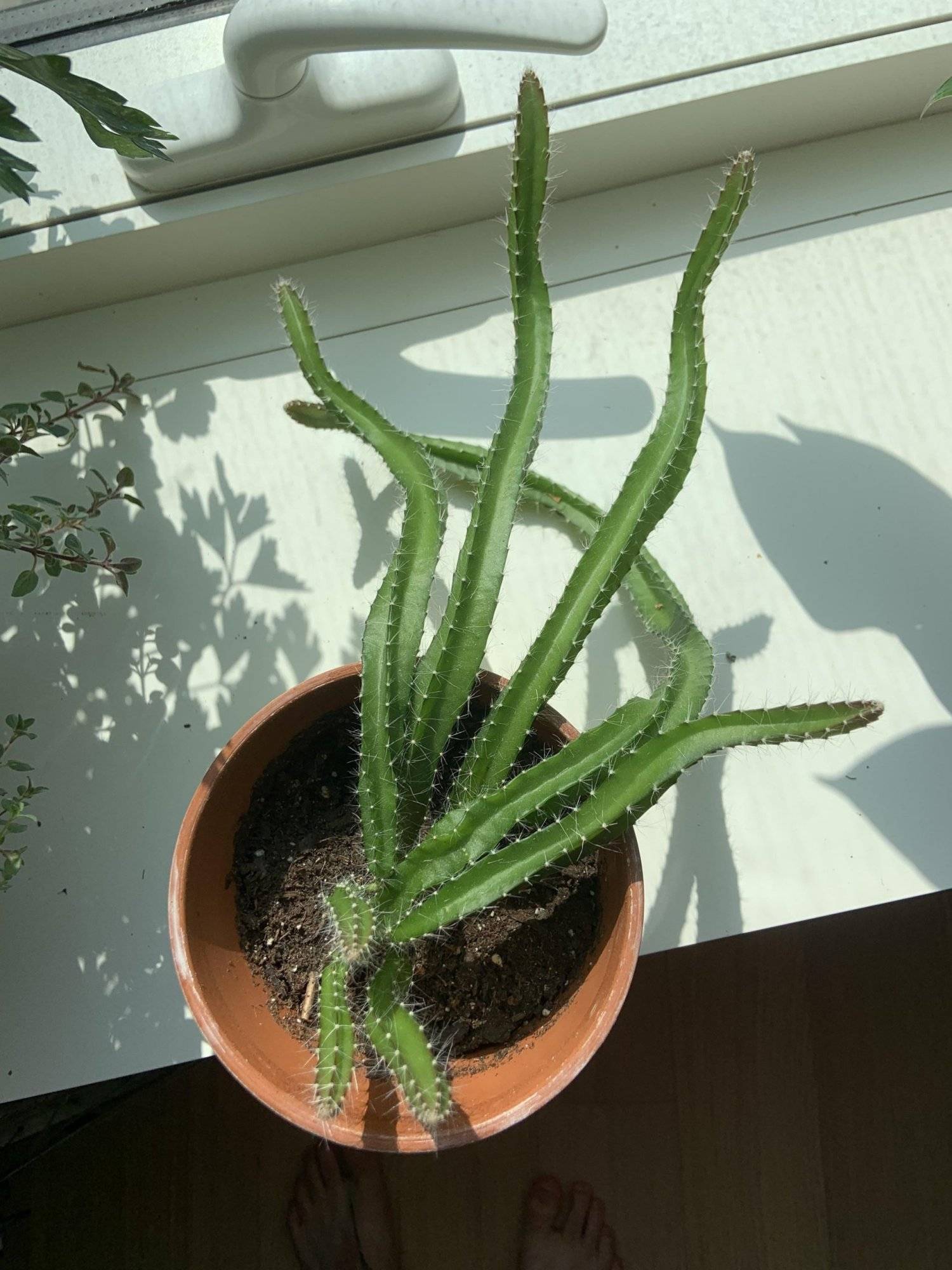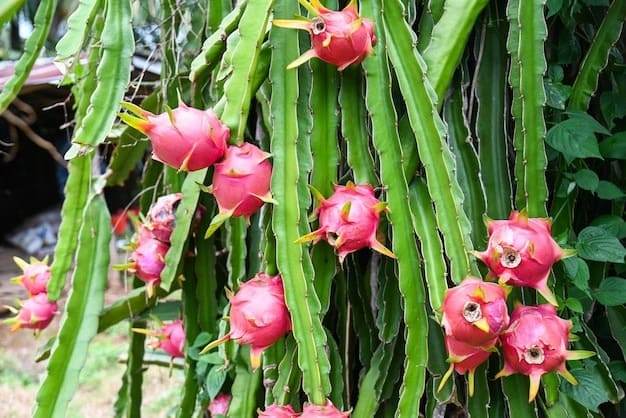Dragon fruit, with its exotic appearance and delicious taste, has gained immense popularity as a homegrown fruit. While it’s commonly propagated from cuttings, growing dragon fruit from seeds is still fun, rewarding and full of surprises. This comprehensive guide will take you through the journey of obtaining, germinating, planting, and nurturing dragon fruit seeds, eventually leading to a bountiful harvest of this vibrant and nutritious fruit.
A Comprehensive Guide
Step 1: Preparing And Germinating The Seeds
1. Prepare The Seeds
To get the seeds, you can either buy them or harvest them from a ripe dragon fruit. After that, remove them from the fruit and rinse off any pulp.
2. Germinating
After drying them, place the seeds in a damp paper towel, seal it in a plastic bag, and store it in a warm, dark place for a week. This simulates the seed’s natural process of germination within the fruit. Plus, they germinate best at temperatures between 70 to 85°F (21 to 29°C), so if you grow dragon fruits indoors, place them on a sunny windowsill or under grow lights.

Step 2: Preparing The Soil And Container
1. The Soil
Dragon fruit plants are cacti, and they thrive in well-draining, slightly acidic soil. A cactus mix or a blend of cactus soil, perlite, and sand will provide the right environment.
2. The Container
In terms of a container, choose one that’s at least 10 gallons in size and has drainage holes to prevent waterlogged roots. These cacti also require support as they grow, so consider installing a trellis or stakes for your future dragon fruit.
Step 3: Plant The Seeds
Once your seeds have germinated, it’s time to plant them. Fill the container with the prepared cactus soil mix, leaving about an inch of space at the top. Make a small hole in the center, about a quarter of an inch deep. Gently place the germinated seed into the hole, taking care not to damage the delicate sprout. Cover the seed lightly with soil, pat it down, and give it a good but gentle watering. Place the container in a sunny spot, as dragon fruit thrives in full sun.

Step 4: Providing Care
1. Watering
Dragon fruit plants need more water than other cacti, but they do not like soggy or wet soil. Water them thoroughly when the top few inches of the soil are dry, and let the excess water drain out. In summer, they may need more frequent watering than in winter.
2. Fertilizing
Dragon fruit plants benefit from regular fertilization during their active growing season, which is from spring to fall. You can use a balanced fertilizer (such as 10-10-10) or a cactus-specific fertilizer, and follow the instructions on the label. The fertilizer should be applied once a month, as over-fertilizing can lead to salt buildup and root damage.

3. Pruning
Dragon fruit plants can grow up to 20 feet tall and produce aerial roots that help them climb on supports. That’s why pruning is necessary to maintain the shape and size of the plant, and to encourage flowering and fruiting. You can prune the plant in late winter or early spring, before the new growth starts. Cut off any dead, diseased, or damaged stems, and thin out any overcrowded or weak branches.
4. Pest And Disease Control
Dragon fruit plants are relatively pest and disease-resistant, but they can still be affected by some common problems. Some of the pests that may attack the plant are mealybugs, scale insects, spider mites, and aphids. You can control them by spraying the plant with insecticidal soap, neem oil, or horticultural oil, and removing any infested parts.
Some of the diseases that may affect the plant are fungal infections, bacterial infections, and root rot. They can be prevented by maintaining well-drained soil, avoiding over-fertilizing, and applying fungicides or bactericides.
step 5: Harvesting Your Dragon Fruit
The moment of reward finally arrives when your dragon fruit plant begins to bear fruit. Typically, it takes around a year or more from planting for the first fruits to appear. When the fruit reaches its mature size and the skin color changes, it’s time to harvest. You just gently twist the fruit from the stem.

Other Tips For Success
1. Supporting
As a climbing cactus, dragon fruit trees may grow up to 20 feet tall, so you can support it with a trellis, stake, or fence as it grows. You can also train the plant to form other shapes, such as a fan, a basket, or a column.
2. Pollinating
You should hand-pollinate the flowers to boost the chances of fruit set. Dragon fruit blooms are nocturnal and are normally pollinated by bats or moths, but you can transfer pollen from one flower to another with a little brush or cotton swab.

3. Overwinter
Keep an eye on your local climate, as dragon fruit can be sensitive to cold temperatures. You might need to move your potted plant indoors during winter.
We hope this guide can help you nurture your unique cacti from the very beginning. Growing dragon fruit may take a little time and patience, but the sense of accomplishment when you savor your homegrown dragon fruit, is well worth the effort.
